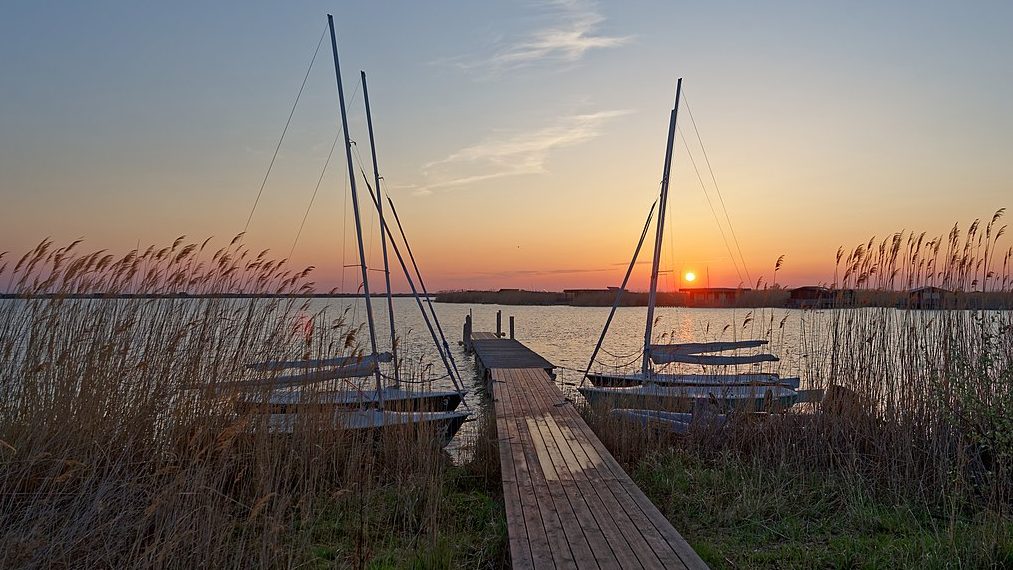It was formed at a time when there was little water on Earth in the first place.
According to the results of a research using new methods, Lake Fertő may have existed as early as 25,000 years ago, and in a significantly larger area than today.
In their study published on Wednesday, scientists from Vienna, Innsbruck and Graz determined the age of the lake based on the examination of minerals, for which until now only distant estimates were available
MTI announced.
The oldest sediments were found near the settlement of Jois, north of the lake. These are no longer under water, but they prove that the Fertő Lake was even there 25,000 years ago.
According to Austrian geologist Stephanie Neuhuber, they were shocked by the result, because the period 25,000 years ago falls during the last ice age, when there was very little water on Earth in the first place.
In determining the age of Lake Fertő, the experts did not have a suitable starting point until now, so the estimates ranged quite widely, between 10 thousand and several million years.
The researchers have now examined the carbonates that can be crystallized directly from the water of Lake Fertő using a special chemical process, and analyzed the growth rate of the minerals. The calculations also took into account the periods when the lake dried up from time to time.
Until now, the investigation of the age of Fertő Lake has been complicated by the fact that, in contrast to other waters, traditional methods could not be applied there. In the course of this, they drill deep enough in a lake to reach its bottom and determine the age of the oldest layer there. Lake Fertő, on the other hand, is so shallow that the waves caused by the wind reach the bottom of the lake and constantly mix the sediments there.
Featured Image: Wikimedia Commons












